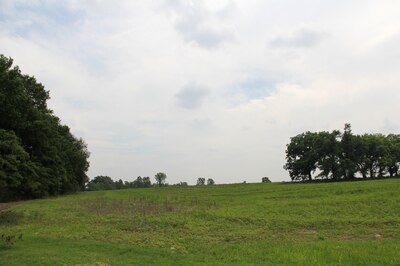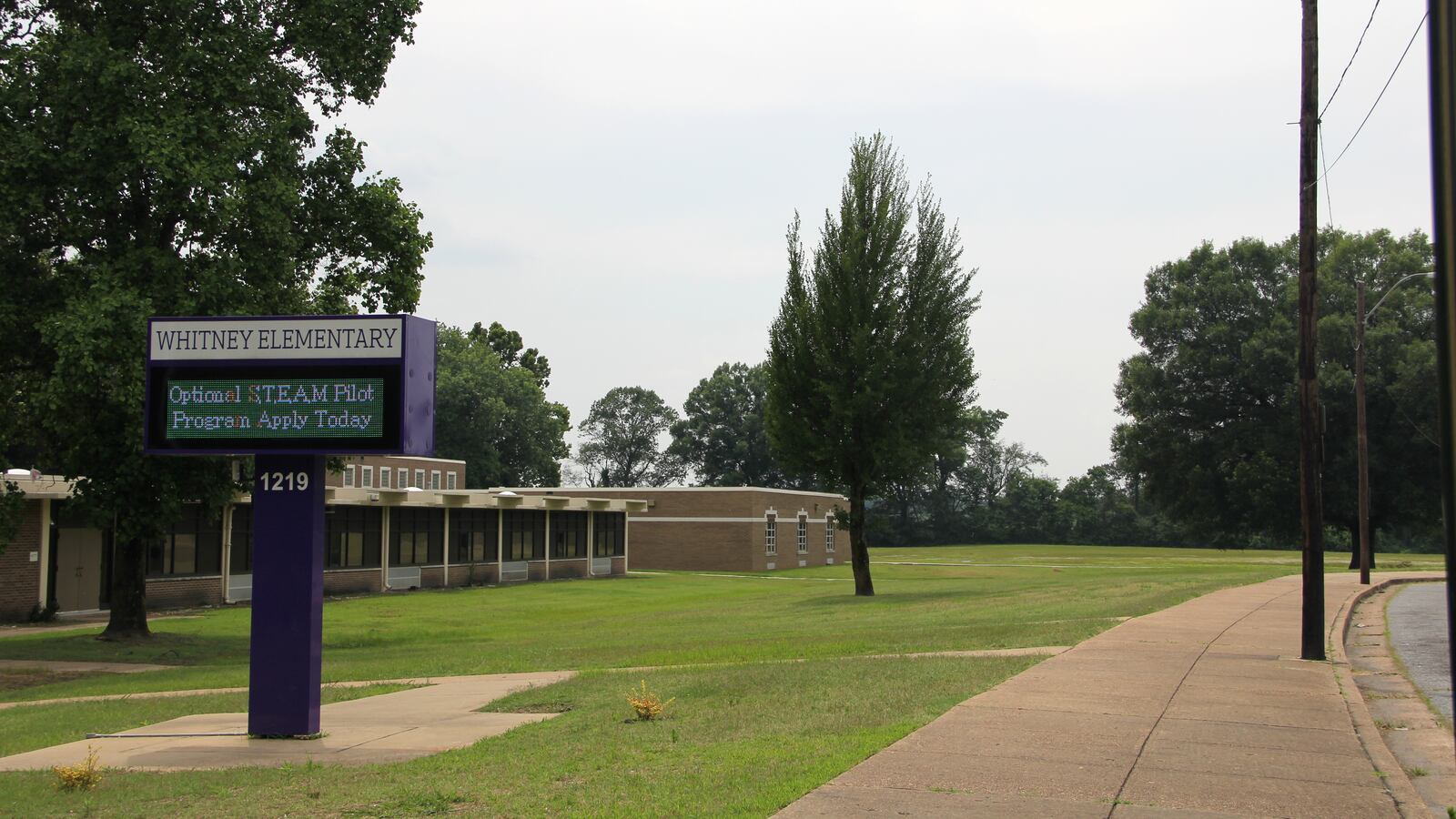Beside Whitney Achievement Elementary School — just a stone’s throw from where elementary schoolchildren attend class and play outdoors at an adjoining Memphis park — sits a grassy field anchored by a picturesque white farmhouse.
But if the owners of a local wrecking company have their way, the 34-acre property will be turned into a landfill to hold a mountain of debris from demolished houses and buildings.
The proposed landfill, which is scheduled for consideration July 9 before the Memphis and Shelby County Land Use Control Board, is setting up a tug-of-war between local developers and community leaders. Developers say the debris has to go somewhere; neighborhood advocates agree, but say not beside an elementary school.
“Frankly, I just really struggle to see the value of putting a landfill in the middle of a residential community and also right next to a school,” said Tim Ware, who oversees the state-run achievement school system that operates Whitney Elementary in the Frayser community of Memphis. “What message does it send the community when this company says this neighborhood is an ideal place to dump our trash?”
“These kids need good, clean air,” added Mike Kernell, a Board of Education member for Shelby County Schools. “I don’t like the idea of a concentration of children near a concentration of dust and debris.”
A representative of Memphis Wrecking Co. says the proposed landfill is “not as sinister as everybody thinks.” The company’s main client is the city of Memphis and, with many old buildings being demolished, the remnants need to go somewhere, said Brenda Solomito, the company’s land development consultant.
“It’s important to have a safe place for this debris to go,” Solomito said. “You don’t want that on your street.”
Company owners Carol and Steve Williamson purchased the land last summer and applied to develop a Class III landfill for debris that eventually would stand more than 100 feet tall at its peak.
The company owns an existing 24-acre landfill directly behind the proposed new site, but it’s expected to fill up in the next two to four years at the current rate of demolition, prompting the search for a second landfill site, Solomito said.
No local restrictions prevent landfills from being built next to schools. However, Shelby County development codes state that “landfill excavation or filling shall not be located within a minimum of 500 feet of any building used for residential purposes” — a restriction that does not appear to conflict with the proposed landfill site.
Kernell, a former state lawmaker who served on an environmental committee, worries that the new landfill’s proximity to Whitney Elementary, which had an enrollment of 455 students during the recent school year, could worsen students’ respiratory ailments such as asthma or bronchitis.
Solomito said the proposed landfill would not be a biological hazard because it would hold demolition debris and not sanitary debris such as trash and organic matter. “There is zero chance of any contamination anywhere because there’s nothing toxic here,” she said.
Regardless of the content, Ware still has concerns. “Even if it is not organic waste, we know that construction debris does represent significant hazards to health, respiratory health. If you have asthma, the last thing you want to do is be breathing in crushed concrete or dust kicked up by the trucks,” he said.

The Williamsons bought the property for $350,000 from Dorothy Coscia, whose family has occupied the farmland since the 1800s. Coscia is in her late 80s and still lives in the house she was born in. Under the terms of the sale, Coscia is entitled to a “life estate,” meaning the company would not touch the property until she vacates it.
Their landfill application must go through a tedious process, beginning with a review by the Land Use Control Board, where a recommendation from local planning officials is considered and comments are heard from both the applicant and members of the public. The board’s recommendation goes to the Memphis City Council, which gets the final say, according to Don Jones, a planner with the city-county Office of Planning and Development.
“That’s a pretty bold move to buy that land,” Jones said of the Williamsons’ purchase. “This is not a slam dunk by any stretch of the imagination.”
The application was scheduled for consideration this month by the board but was moved to next month’s agenda to give the applicants more time to inform the public and prepare for their presentation.
Solomito said she plans to meet with concerned community members and prepare a three-dimensional model “to help everybody understand what we’re asking for.”
The school campus is visually separated from the proposed landfill site by a line of tall trees. If approved, the landfill eventually would compete with the treeline when it’s capped off at 410 feet above sea level. Since the area topography is around 280 feet above sea level, the landfill would stand about 120 feet above ground at its highest point, according to Solomito.
“I absolutely agree that all this material and all this waste needs to go somewhere, but there are plenty of other places it can go,” said Miles Tamboli, who manages a nearby farm used by Girls Inc., a nonprofit organization that operates programming for girls. “That’s historic farmland over there, and it’s use as farmland now is in my opinion the best use of that land.”
Below is an aerial map of the school and the proposed landfill site.

